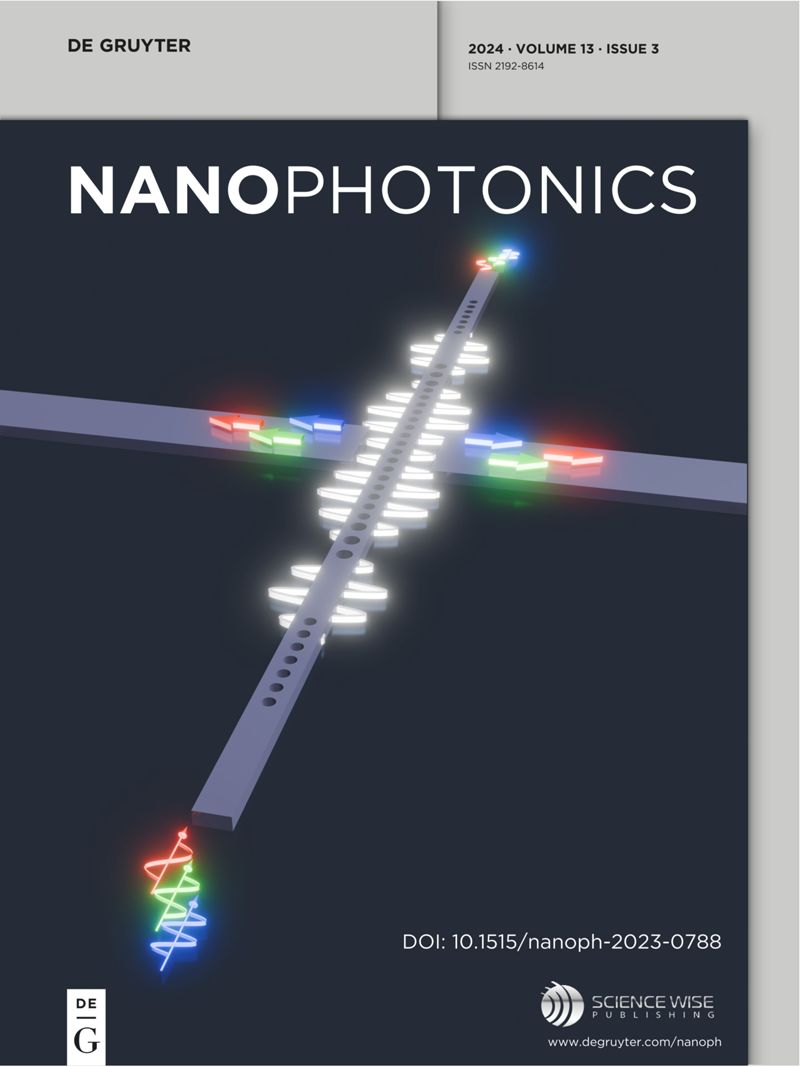IF 6.5
2区 物理与天体物理
Q1 MATERIALS SCIENCE, MULTIDISCIPLINARY
引用次数: 0
摘要
单元性是描述经典和量子系统中线性和保守波现象的基本概念。开发以通用和可编程方式对光波执行单元操作的平台,可以模拟复杂的光物质相互作用,并执行波操作、光子计算和量子电路的通用功能。最近,人们提出并展示了许多实现可编程光子单元电路的方法,每种方法都采用了不同的设计策略,对设备的整体性能产生了明显的影响。在此,我们回顾了实现可编程光子单元电路的基础设计原理和最新成果,尤其关注集成光子平台。我们根据其构建模块中非三维单元运算的维度对设计策略进行分类:低维单元运算(如 SU(2) 运算)和高维单元运算(如傅立叶变换)。在每个类别中,我们还回顾了近期利用其他物理轴(如时域和频域)来应对可扩展性挑战的努力。我们讨论了每种设计策略的基本概念、设计程序和权衡,尤其是与光基计算相关的内容。本文章由计算机程序翻译,如有差异,请以英文原文为准。
Programmable photonic unitary circuits for light computing
Unitarity serves as a fundamental concept for characterizing linear and conservative wave phenomena in both classical and quantum systems. Developing platforms that perform unitary operations on light waves in a universal and programmable manner enables the emulation of complex light–matter interactions and the execution of general-purpose functionalities for wave manipulations, photonic computing, and quantum circuits. Recently, numerous approaches to implementing programmable photonic unitary circuits have been proposed and demonstrated, each employing different design strategies that distinctly impact overall device performance. Here, we review foundational design principles and recent achievements in the implementation of programmable photonic unitary circuits, with a particular focus on integrated photonic platforms. We classify the design strategies based on the dimensionality of nontrivial unit operations in their building blocks: lower-dimensional unitary units, such as SU(2) operations, and higher-dimensional ones, such as Fourier transforms. In each category, recent efforts to leverage alternative physical axes, such as the temporal and frequency domains, to address scalability challenges are also reviewed. We discuss the underlying concepts, design procedures, and trade-offs of each design strategy, especially in relation to light-based computing.
求助全文
通过发布文献求助,成功后即可免费获取论文全文。
去求助
来源期刊

Nanophotonics
NANOSCIENCE & NANOTECHNOLOGY-MATERIALS SCIENCE, MULTIDISCIPLINARY
CiteScore
13.50
自引率
6.70%
发文量
358
审稿时长
7 weeks
期刊介绍:
Nanophotonics, published in collaboration with Sciencewise, is a prestigious journal that showcases recent international research results, notable advancements in the field, and innovative applications. It is regarded as one of the leading publications in the realm of nanophotonics and encompasses a range of article types including research articles, selectively invited reviews, letters, and perspectives.
The journal specifically delves into the study of photon interaction with nano-structures, such as carbon nano-tubes, nano metal particles, nano crystals, semiconductor nano dots, photonic crystals, tissue, and DNA. It offers comprehensive coverage of the most up-to-date discoveries, making it an essential resource for physicists, engineers, and material scientists.
 求助内容:
求助内容: 应助结果提醒方式:
应助结果提醒方式:


